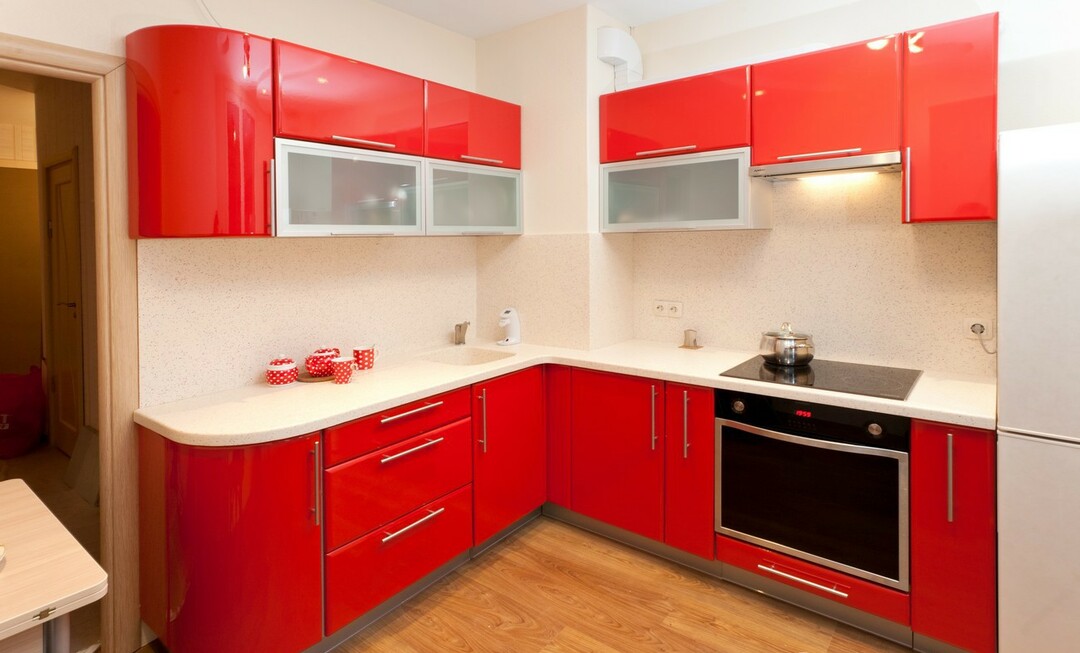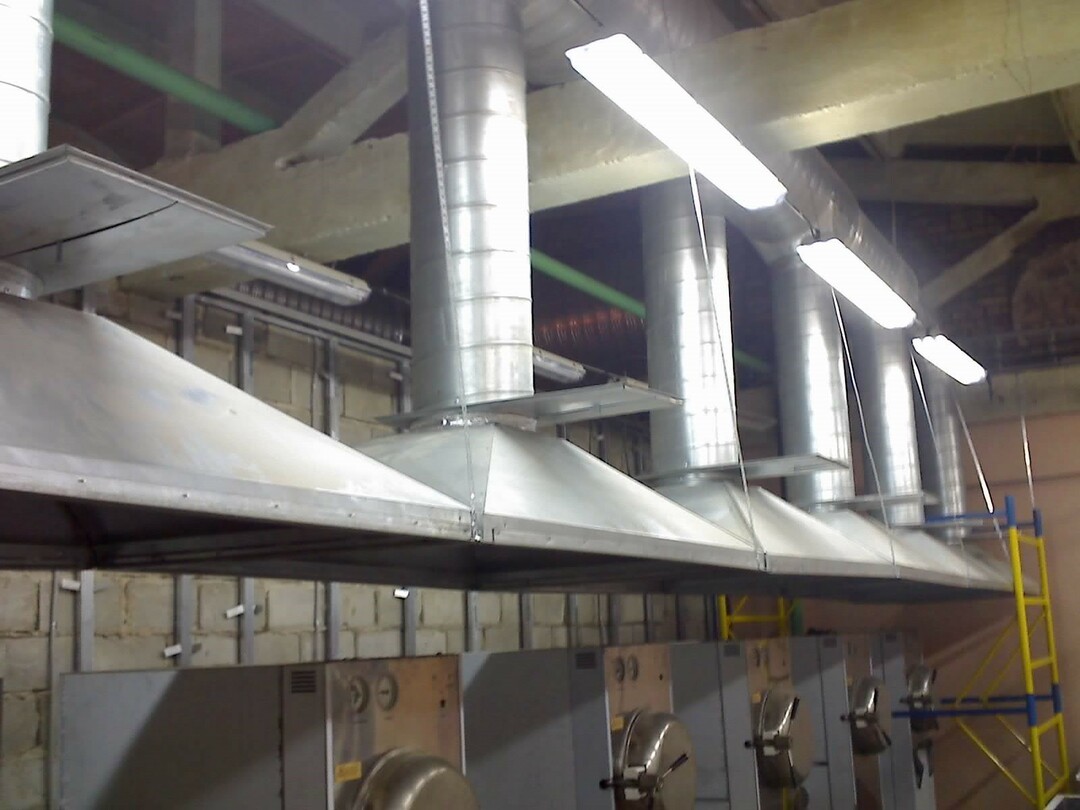Living in city apartments or country houses is determined by a list of conditions dictated by the requirements of health care institutions, building and installation standards. It has long been proven that any violation immediately affects the comfort or health of residents.
One of the necessary conditions is fresh air with a certain oxygen content. To create a microclimate favorable for life, they equip a ventilation system, having previously made some calculations.
For calculations, regulatory data are required, among which an important place is occupied by air exchange per person and we will consider in more detail what is hidden behind this concept, and also find out what air exchange rates are acceptable for residential premises.
The content of the article:
- What is air exchange and rate?
-
Air exchange rates for a residential building
- # 1 - bedroom and living room
- # 2 - children's room
- # 3 - kitchen with gas or electric stove
- # 4 - toilet and bathroom
- # 5 - other rooms
- How to increase air exchange with your own hands?
- Conclusions and useful video on the topic
What is air exchange and rate?
They often confuse or do not see the difference between air exchange and its rate, although in fact these are two different, albeit related, concepts.
The term "air exchange" is used when it is necessary to characterize the ventilation system in a closed room. There is also a second meaning - this is the process of air replacement, which takes place inside the building, and for different internal rooms the parameters are different.
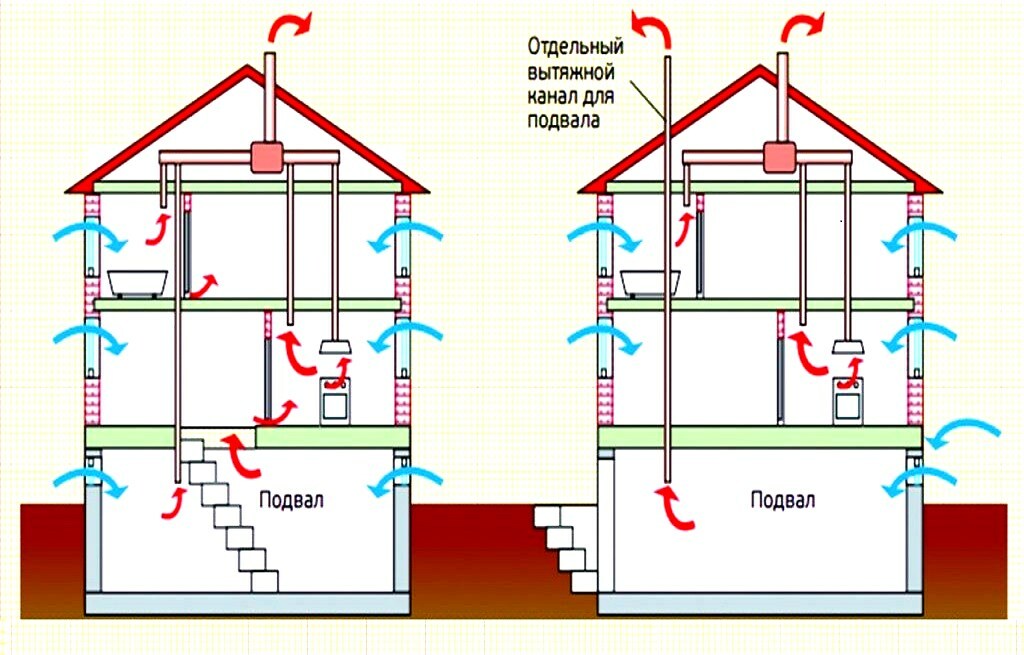
In order for people to feel comfortable inside a residential building, office, industrial premises, the air must constantly change - to replace the spent one with fresh
The air exchange rate is calculated in m³ / h. The units indicate how much air should be changed within 1 hour. For example, if the air exchange is 60 m³ / h, then 60 m³ of air must be exchanged in the room in 1 hour.
The multiplicity means how many times in 1 hour the air completely changes to a new one. Simply put, air exchange is the volume of air, and the multiplicity is the number of changes of this volume.
In the calculation tables given in the SNiP or GOST documentation, both values can be indicated.
To draw up a ventilation project, calculations are made using special formulas. But there are also average rates that you can rely on when choosing ventilation pipes or climatic equipment.
For example, in SNiP 31-01-2003 there is a table with the rates of frequency and the amount of air exchange in 2 modes, inoperative and in service:

If only the air exchange rate is indicated for the inoperative mode, then for the service mode - the rate, volume, or an indication that special calculations are needed
When working on more complex ventilation systems of medical institutions, public institutions or industrial workshops, the calculations take into account and additional factors: the presence of harmful impurities in the air, the number of attendants and visitors, the parameters of temperature and humidity, the heat released electrical appliances, etc.
Air exchange rates for a residential building
Apartment in multi-storey building consists of premises for various purposes, and in this regard, the requirements for the standards are also different. They are dictated by the duration of the tenants' stay in a particular room (corridor, bathroom), and the quality of the air itself.
Consider what air exchange rates for 1 person should be followed when equipping ventilation for specific rooms, and what needs to be done if the real parameters differ from the standards.
# 1 - bedroom and living room
For the premises in which residents spend most of their time, the same standards are adopted. It is believed that this is a living room where the whole family gathers, and a bedroom in which people relax - that is, they spend, on average, 8 hours a day. The same category includes living rooms of hostels.
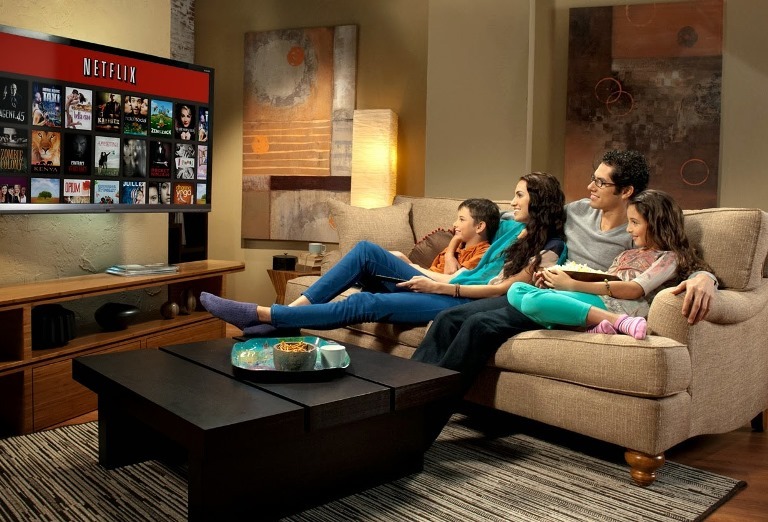
Some documents refer to the living room as a “common room”. Considering that studio apartments do not have separate rooms for sleeping or gathering guests, they are also equated in terms of standards with living rooms
According to standard calculations, air flow in premises of frequent use, it should be 30 m³ / h or more for each tenant. Frequency rate in non-operating mode - 0.2, in operation - 1.0 (in other sources - from 0.35). The unit says that every hour the air in the bedroom or living room should be completely replaced 1 time.
If the enclosing structures are recognized as tight for the passage of air, and a fireplace is installed in the room or mechanical exhaust, additional devices are required to ensure sufficient supply air.
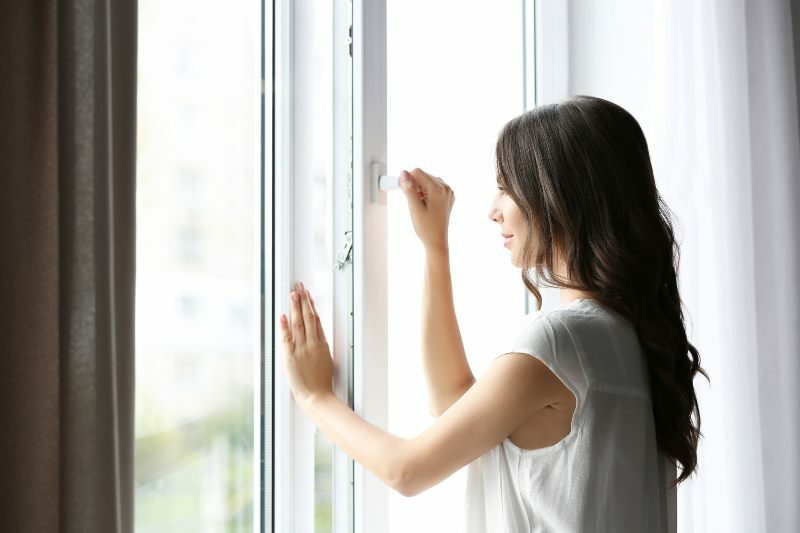
Wall and window valves are considered effective ways to increase the power of supply ventilation, and open vents and balcony doors are the easiest to use and accessible to everyone.
There are people who do not delve into building or sanitary standards - they are comfortable living either with tightly closed windows, or, conversely, with constantly ajar windows. Here you need to be guided by your own well-being, but the second option is preferable, especially if gas equipment is installed in the house or apartment.
# 2 - children's room
A children's room is a room in which a child sleeps, plays, does lessons, trains, that is, spends all his free time.
In it, he also sleeps, therefore, for a child's norm, the same as for a bedroom or living room:
- air exchange rate - 30 m³ / h;
- multiplicity in non-operating mode - 0.2;
- multiplicity during service - 1.0.
If 2 children live in the room, respectively, we also multiply the air displacement by two and we get an air exchange equal to 60 m³ / h.

It is assumed that in a room for active or sports games, the values of air exchange and frequency increase. If your child is hyperactive and there is a sports corner in the room, ventilation can be made more efficient.
We remind you that the standard parameters are calculated for rooms with normal humidity and room temperature, and these indicators should not change after the installation of ventilation devices.
# 3 - kitchen with gas or electric stove
Both options are suitable for city apartments: if multi-storey buildings, according to the new rules, are provided with electric stoves, then 5-storey and 2-storey buildings of old buildings are more often equipped with gas equipment.
Requirements to rooms with gas stoves and harder ovens:
- air exchange rate - 90 m³ / h (in kitchens with 4-burner stoves);
- multiplicity - 1.0 + 100 m³, if a stove is installed.
If the kitchen is part of a living room or studio apartment, the parameters are calculated taking into account specific conditions, while equipping a mechanical supply and exhaust ventilation.

Air in the kitchen usually comes from neighboring rooms, as well as from a window or vents. Exhaust air is removed using a hood located above the stove or a ventilation hole
For electric stoves, the standards are different:
- air exchange rate - 60 m³ / h (in kitchens with 2-burner stoves) and 75 m³ / h (in kitchens with 3-burner stoves);
- multiplicity - 0.5 in non-operating mode.
If gas equipment is actively used in the kitchen, the maximum air exchange is 180 m³ / h, with infrequent use of the stove, it is reduced to 45 m³ / h.
# 4 - toilet and bathroom
Despite the traditionally small footage of bathrooms, toilets and toilets, the air exchange in these rooms must be sufficient to compensate for the increased humidity.
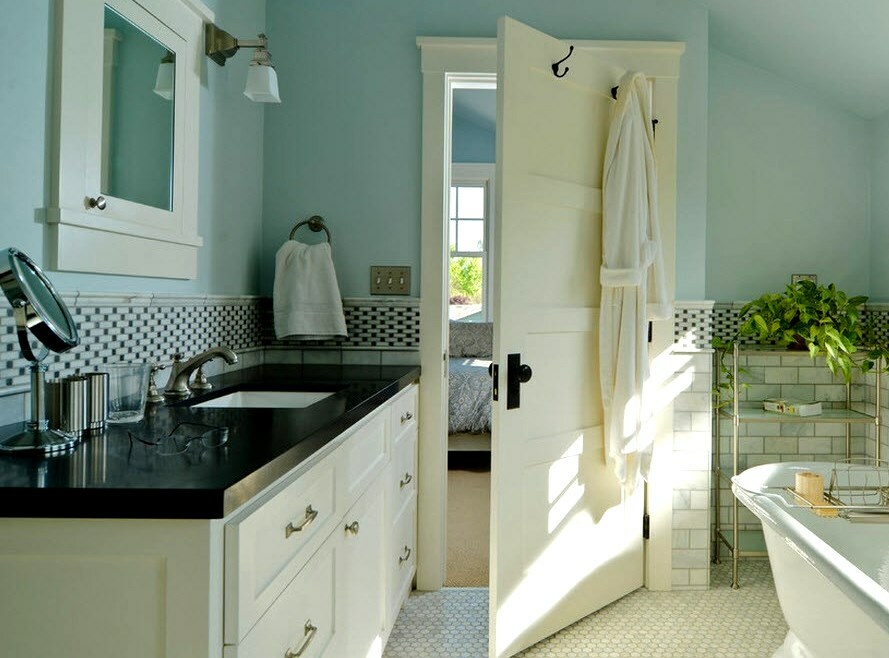
There are no windows in the bathroom, with rare exceptions, so the supply ventilation is organized due to the air coming from the neighboring rooms. The same applies to toilets and combined bathrooms.
If the bathroom is a separate room, then the following requirements are relevant for it and for the toilet:
- continuous mode - 25 m³ / h;
- maximum mode - 90 m³ / h;
- the minimum mode is 10 m³ / h.
Maximum service means enhanced service for residents. This happens when a large family lives in the apartment or many guests are present at the same time.
The minimum mode "turns on" in the absence of home owners for a long time, as well as when 1 person lives who rarely use a shower and a bath.
For a combined bathroom, the standard values increase:
- continuous mode - 50 m³ / h;
- maximum mode - 120 m³ / h;
- the minimum mode is 20 m³ / h.
All data are averaged and acceptable if the premises listed above are used and not idle in a non-residential apartment.
# 5 - other rooms
There are no special requirements for dressing rooms and pantries, only it is indicated that the air exchange rate should be 1.0-1.5.
Considering that these rooms do not have windows, air inflow and outflow is carried out through slightly open doors or holes specially made in the doors.
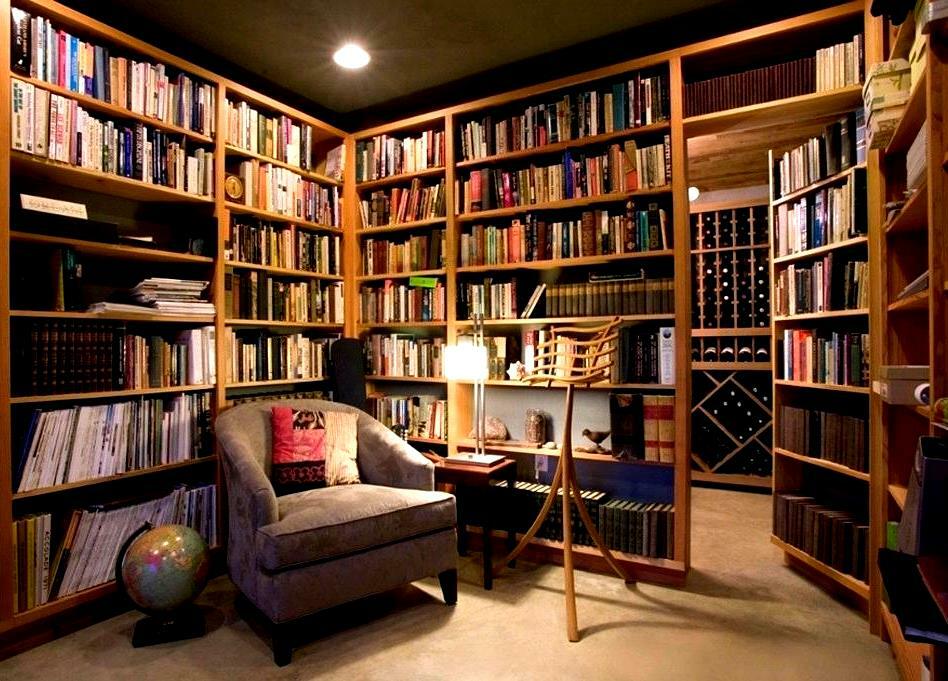
In private houses, they are often not limited to standard guest rooms or bedrooms and allocate separate rooms for libraries, gyms, greenhouses. The standards for such premises differ from the typical requirements for a residential area.
For example, for a sauna or gym, parameters are calculated taking into account the activity of the residents and the quality of the air environment. The same goes for garageif located in the basement. For pool, in addition to calculation norms, it is necessary to install mechanical ventilation.
Air replacement rates for other premises in multi-storey buildings and dormitories:
- laundry room - 7;
- ironing room, drying room - 3;
- utility room - 1.5;
- garbage collection chamber - 1.0;
- office or library - 0.5.
For lobbies, stairwells, front, common corridors, no requirements are imposed, since air circulation occurs constantly through open doors and windows.
How to increase air exchange with your own hands?
What to do if the natural ventilation of air in the apartment does not correspond to the norm per person or does not fulfill its functions at full capacity? We'll have to improve the conditions on our own, and this is easy to achieve.
There are several effective ways to enhance the air flow, and special electrical appliances are usually used for the hood.
We offer several devices that can significantly increase the performance of the ventilation system:
Image gallery
Photo from
A cooker hood is useful during and after cooking, when a large amount of combustion products, grease and other impurities accumulate in the air. Hoods differ in type, performance, power and additional functions
Axial overhead fans are traditionally installed in bathrooms and toilets to enhance the exhaust effect. If the flow of air from neighboring rooms is actively performed, then problems sometimes arise with natural exhaust.
The valves installed in the frames let fresh cooled air into the room in a metered manner. They can completely replace the open window and contribute to the creation of a comfortable, draft-free microclimate
A filter valve installed in the wall provides the living space with a large amount of fresh air. If necessary, it can be covered or adjusted to supply less air.
Electric cooker hood above the stove
Axial fan for installation in a ventilation duct
Window valve for wood and plastic frames
Wall damper for supply ventilation
The advantage of all the listed devices and devices is that they can be installed by hand.
There are many models of fans, hoods, various inlet valves on sale.
Conclusions and useful video on the topic
About calculating the frequency of air exchange:
Few of the owners of urban apartments or houses are concerned about the compliance of air exchange in housing with the requirements. More often than not, engineers, builders and installers are interested in standards when they design or install ventilation systems.
But we recommend that you familiarize yourself with the existing standards - focusing on the proven values, you can create the most favorable and comfortable microclimate in your home.
If you have questions or can share valuable advice on the topic of the article, please leave your comments in the block below.
